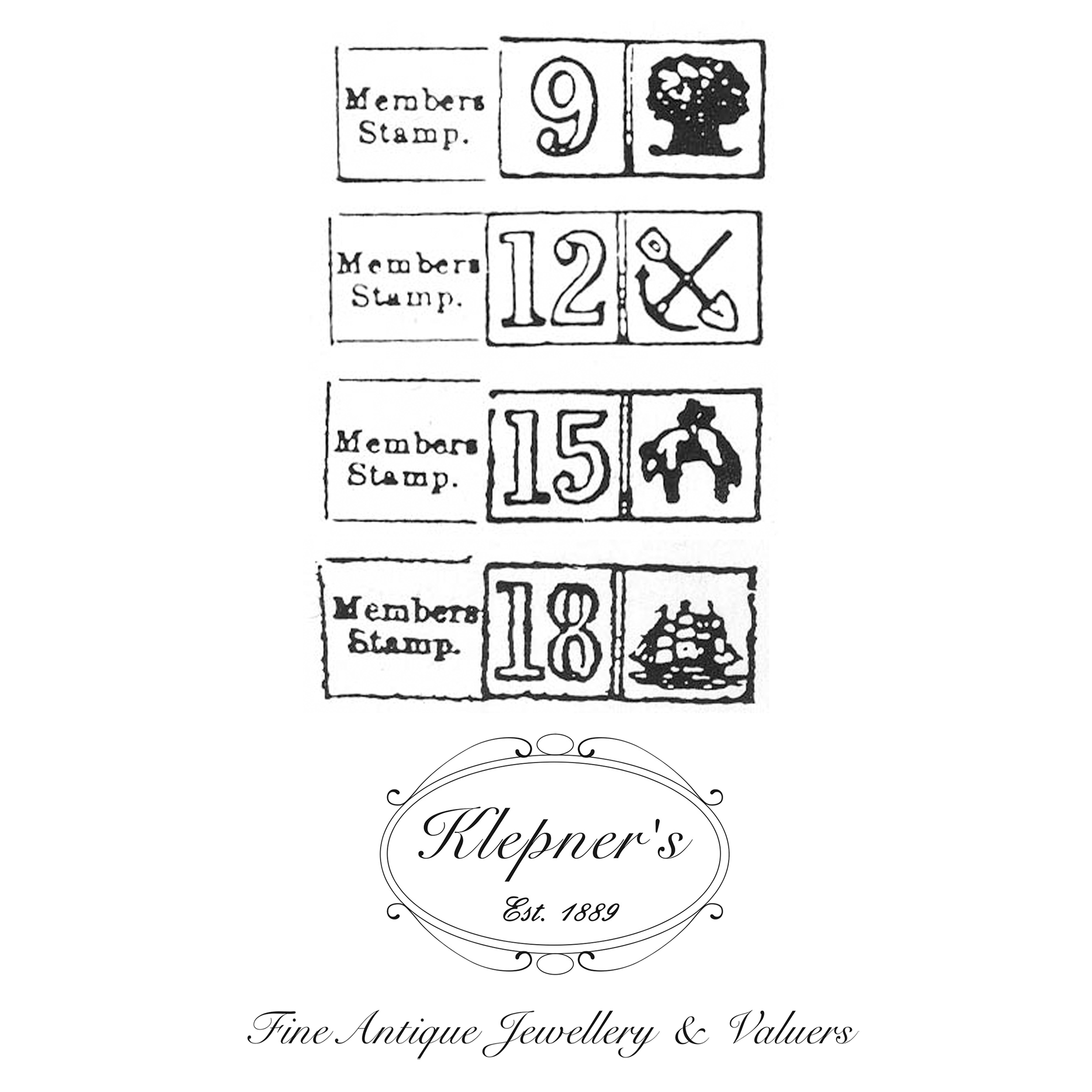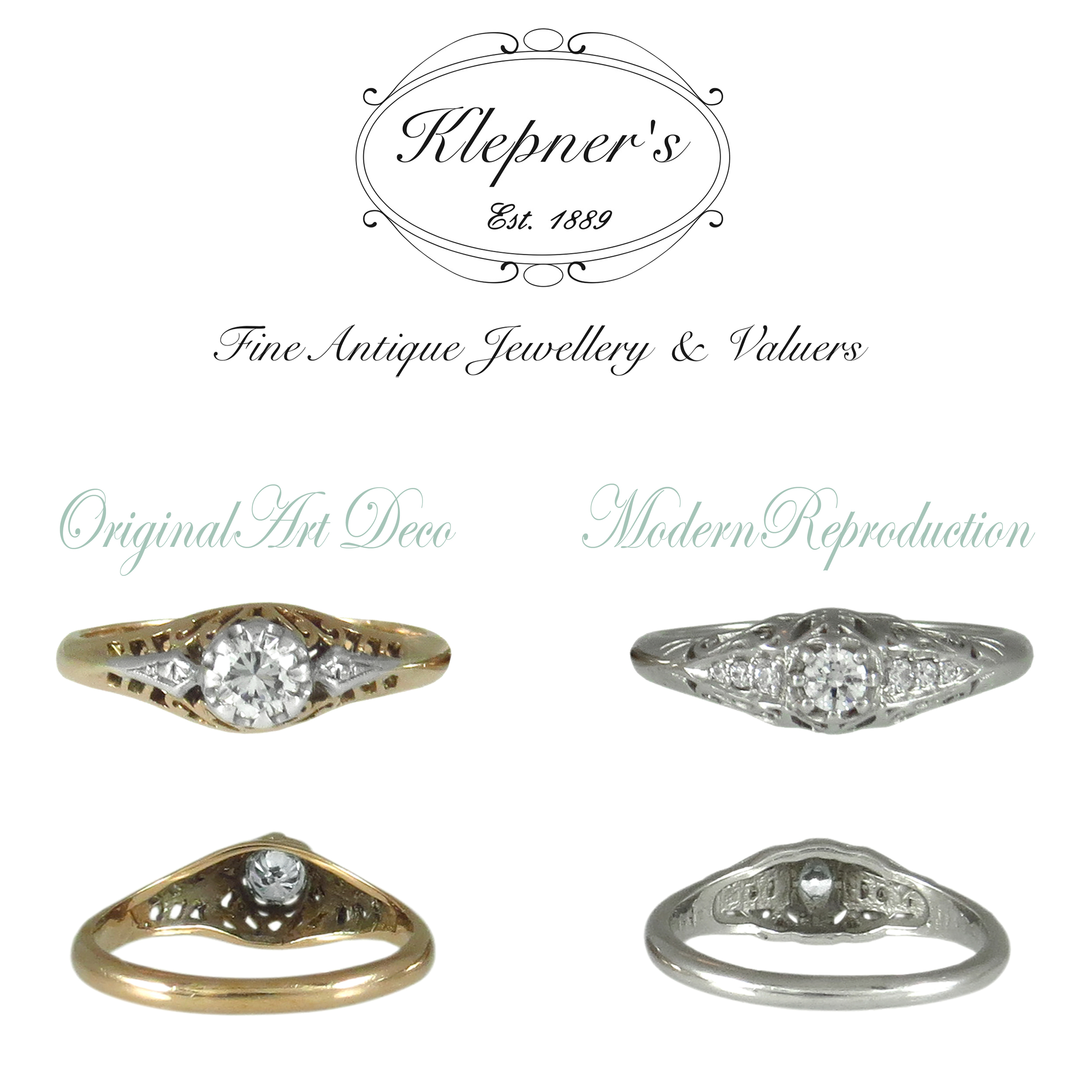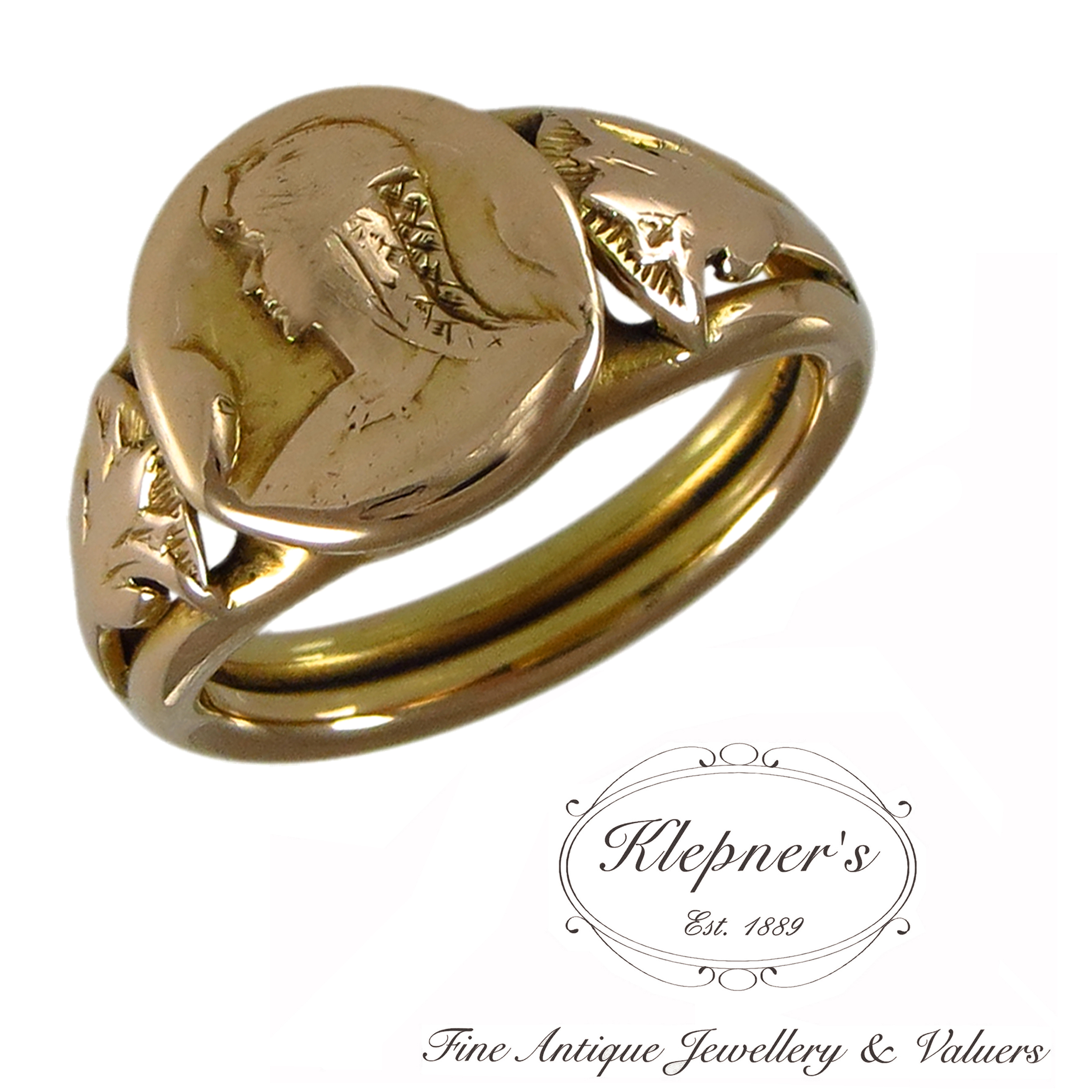24 March, 2018
A good example of why some pearls are baroque in shape.
Everybody has heard of the expression Cultured Pearl but what does that mean?
Before the early 1912 all pearls produced by oysters and mussels were as a result of an irritant getting lodged inside the shell of the oyster and the creatures producing nacre to surround the irritant so that the irritant became more comfortable for the oyster to live with. A common misconception is that the irritant is a gain of sand. Oysters can easily deal with sand; evolution has seen to that.
Japan’s Mikimoto Kōkichi in 1893 the invented the cultured pearl and in 1916 bought the patent for the commercial production of cultured pearls. Today the name Mikmoto is synonymous with cultured pearls.
In simple terms culturing a pearl is done by using a bead rounded from the shell from the Mississippi muscle and is wrapped in mantle tissue from a donor oyster. It is then implanted into the gonad of a host oyster and left there for approximately three years. The host oyster then puts layer after layer of nacre onto the bead giving the bead the lustre and texture and colour and thus turning the bead into a pearl.
The pictured example is very interesting because you can see where the donor mantle has torn loose and has retracted up the bead. Because the pearl has a nacreous layer, the mantle must have separated sometime after the first year in the oyster. The host oyster has continued to produce nacre and now not only is the bead an irritant but the dislodged mantle as well! In the three attached picture you can see in figures 1 and 2 where the mantle has ridden up the bead and in figure 3 the pearl formation is consistent all the way down. The irregular shape of this final produce is called a baroque south sea cultured pearl.
- Ronnie Bauer












